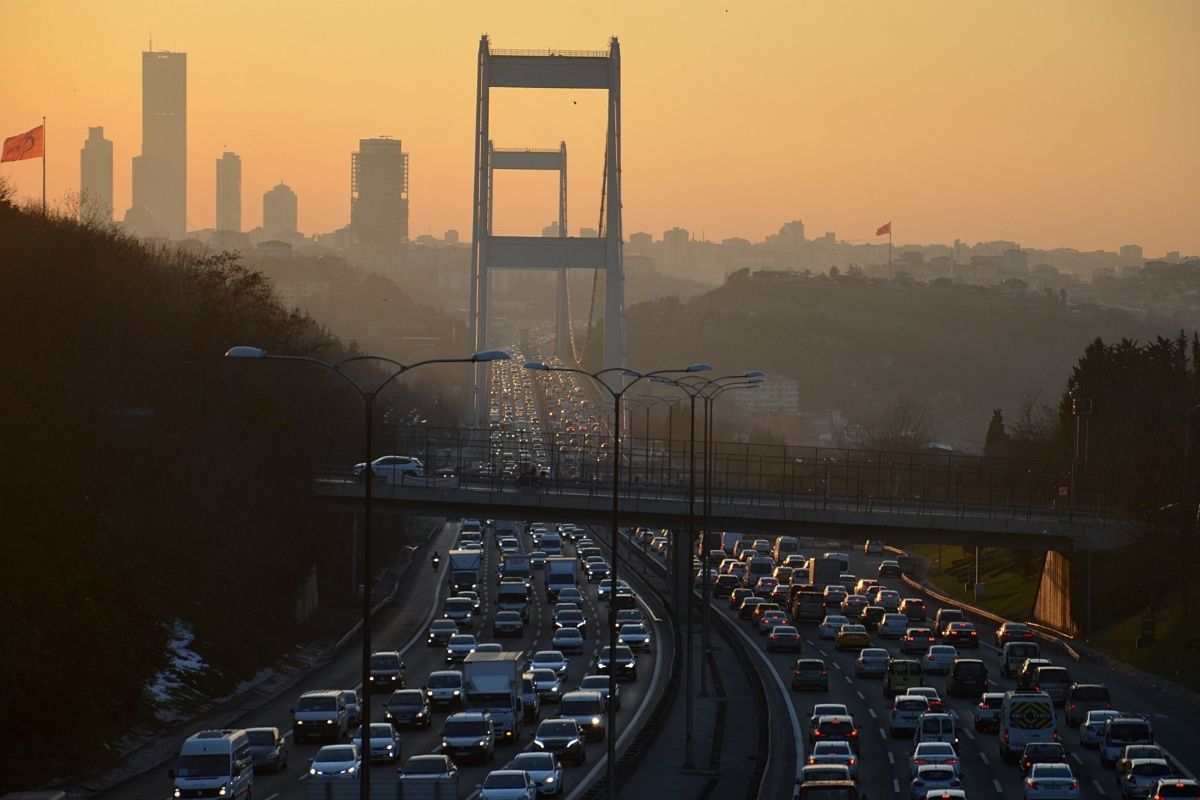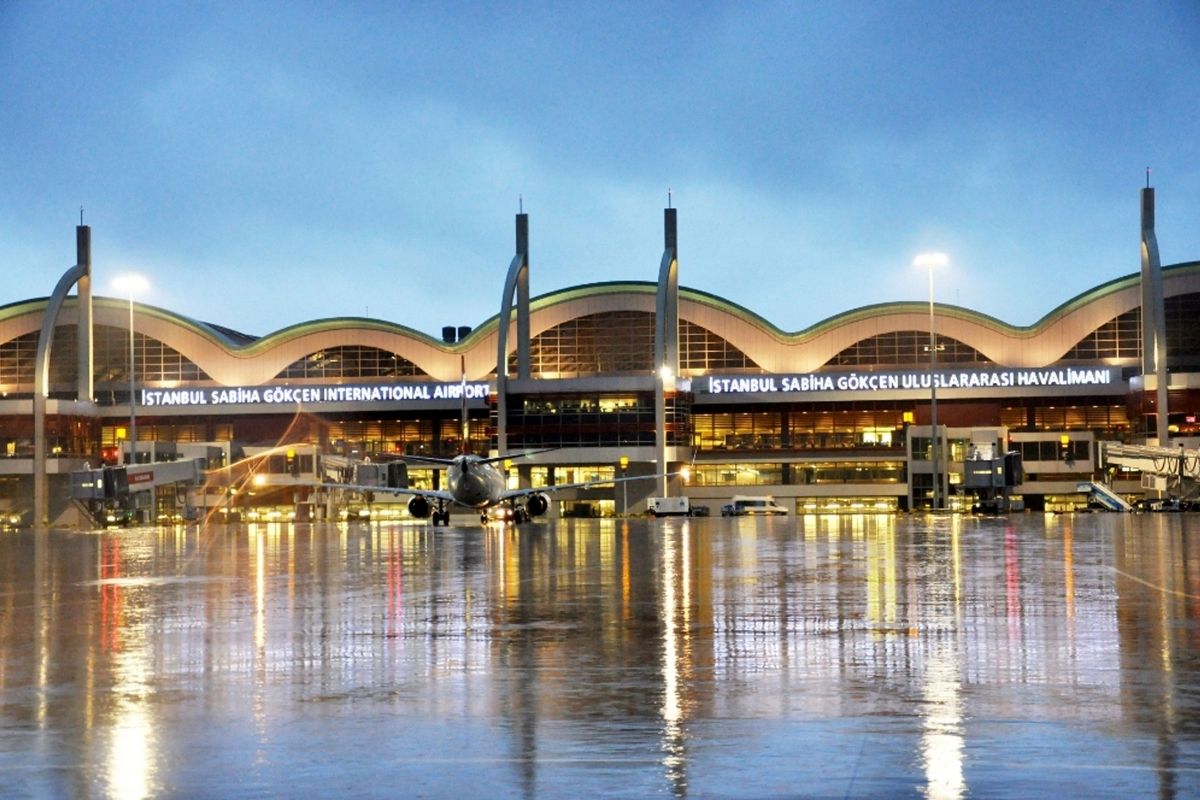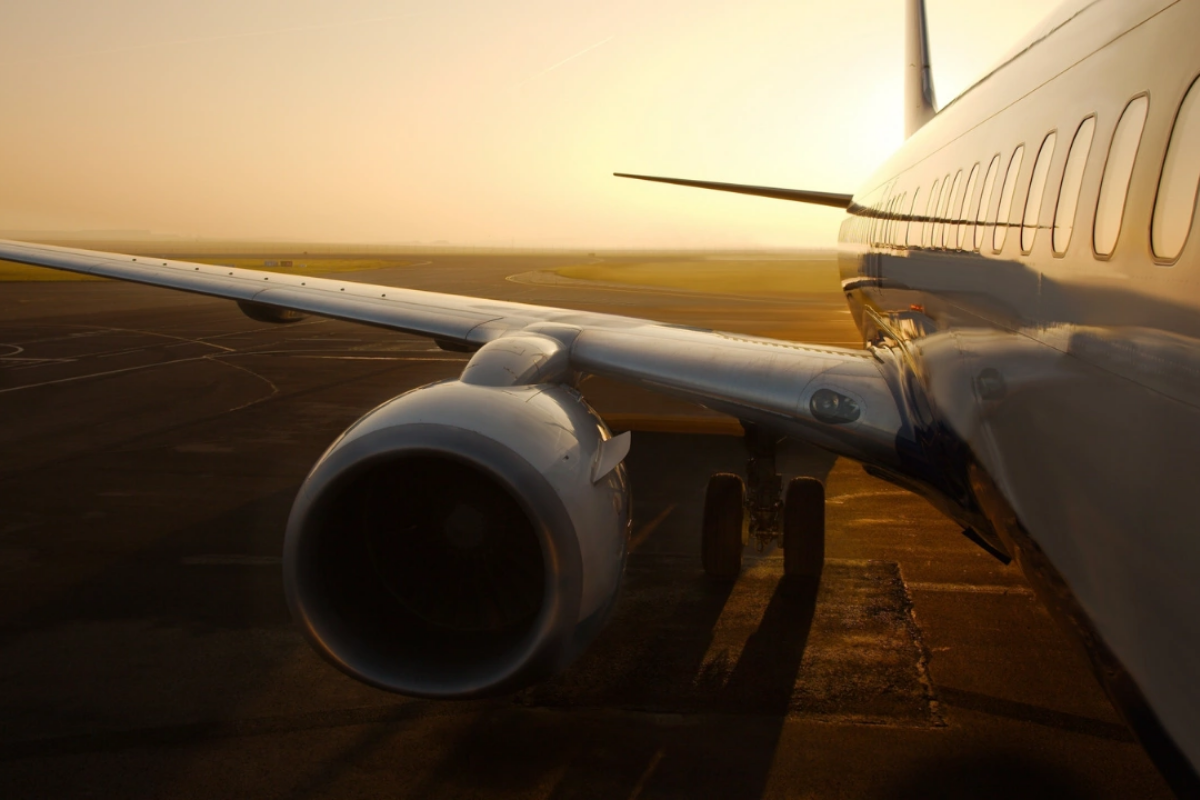Fuel Consumption Calculation and Fuel Saving Methods for Gasoline Vehicles
1. Fuel Consumption Calculation for Gasoline Vehicles
Calculating the fuel consumption of gasoline vehicles accurately can help you understand how much you can save. Here’s a simple formula for calculating fuel consumption:
Fuel Consumption (L/100 km) = (Fuel Used / Distance Traveled) * 100
For example, if you use 50 liters of fuel to travel 500 kilometers, your fuel consumption will be calculated as follows:
Fuel Consumption = (50 / 500) * 100 = 10 L/100 km
In this case, your vehicle consumes 10 liters of fuel per 100 kilometers. This calculation will give you important insights into your vehicle's fuel efficiency.
2. How to Reduce Fuel Consumption?
There are several key methods to reduce fuel consumption in gasoline vehicles. Here are these methods:
a) Regular Vehicle Maintenance
Performing regular maintenance on your vehicle can significantly reduce fuel consumption. Key maintenance tasks, such as changing air filters, spark plugs, and oil, ensure your vehicle runs efficiently and uses less fuel.
- Air Filter Replacement: A dirty air filter can hinder the engine’s performance and increase fuel consumption.
- Oil Change: Old oil can cause the engine to use more energy. This leads to higher fuel consumption.
- Spark Plugs: Worn-out spark plugs can prevent the engine from running efficiently and increase fuel usage.
b) Driving Style
Your driving habits directly affect fuel consumption. Here are some driving tips to help reduce fuel consumption:
- Don’t Exceed Speed Limits: As speed increases, so does fuel consumption. Maintaining a steady speed of 90-110 km/h is the most fuel-efficient speed.
- Avoid Sudden Acceleration: Rapid acceleration uses fuel quickly. Smooth and controlled acceleration will help save fuel.
- Reduce Braking: Frequent braking negatively impacts fuel efficiency. Adjust your distance in traffic to reduce the frequency of braking.
c) Monitor Tire Pressure
Low tire pressure negatively affects vehicle handling and increases fuel consumption. Check your tire pressure regularly and ensure it is at the recommended levels provided by the manufacturer.
d) Reduce Air Resistance
Avoid carrying unnecessary loads on your vehicle. Roof racks and luggage boxes, in particular, disrupt the vehicle’s aerodynamics and lead to increased fuel consumption. Use these accessories only when necessary.
e) Minimize Air Conditioning Use
Using air conditioning, especially at high speeds, can increase fuel consumption. Opening the windows at low speeds is a better alternative. Additionally, avoid turning on the AC immediately after starting the engine. It’s best to drive a little without using the AC to allow the engine to warm up.
3. Technological Helpers for Fuel Savings
With the advancement of technology, saving fuel has become much easier. Here are some technological tools that can help:
- Fuel Consumption Tracking Apps: Mobile apps and in-vehicle systems help you track your vehicle’s fuel consumption. These apps can offer tips for improving fuel efficiency.
- Cruise Control: Using cruise control on long trips helps maintain a steady speed, preventing fluctuations that waste fuel.
- Switch to Electric Vehicles: If your vehicle usage is extensive, switching to electric vehicles could be a viable option. Electric vehicles are much more cost-effective, especially for city driving.
4. Gasoline Prices and Fuel Savings
With fluctuating gasoline prices, it becomes even more important to save fuel. By reducing your fuel consumption, you can mitigate the effects of rising gasoline prices. Regularly tracking your fuel consumption and applying the methods discussed above will result in significant savings in the long term.










